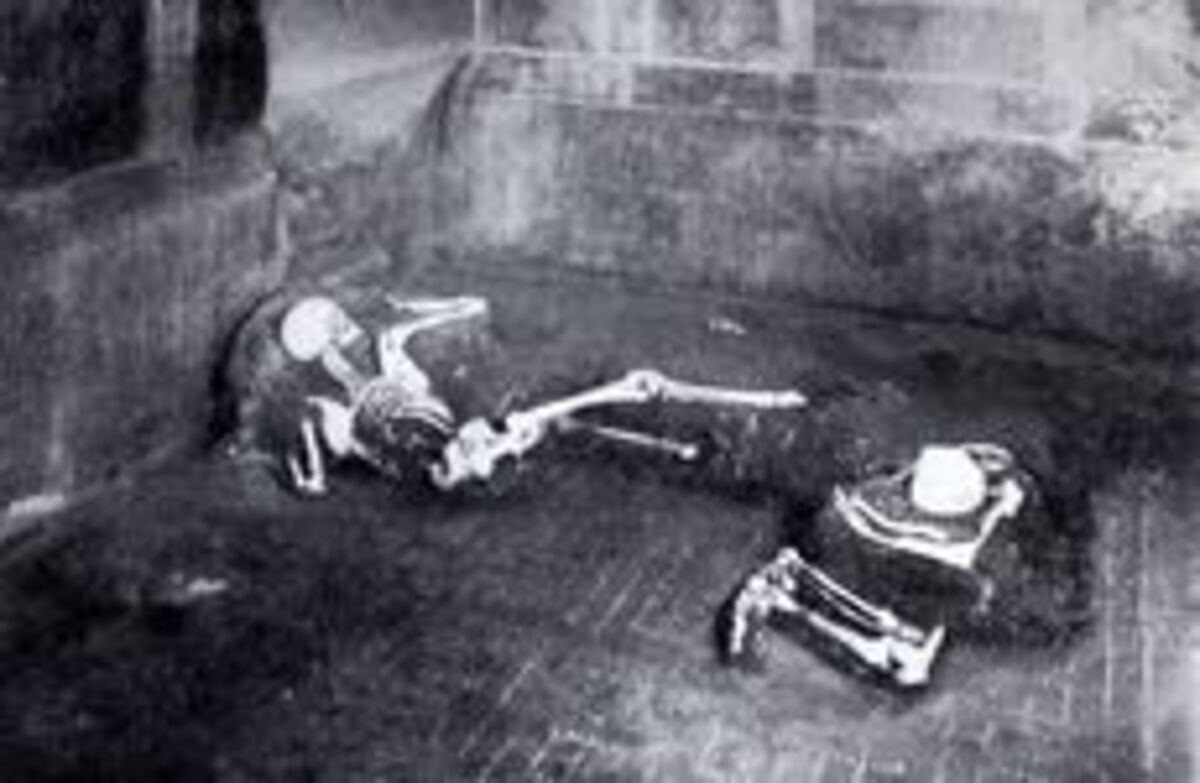For the first time, researchers have succeeded in obtaining sufficient amounts of genetic material from the remains of a victim of the Vesuvius eruption in 79 AD in order to successfully sequence its genome. Using DNA isolated from the individual's petrous bone, the researchers generated sequences that were used to put together a whole-genome assembly with 0.4-fold coverage, on average, across the genome. The male was estimated to be roughly 35 to 40 years old when he died and was found in the Casa del Fabbro, or "House of the Craftsman" — one of the sites preserved from the A.D. 79 eruption.
As the team led by Gabriele Scorrano from the University of Tor Vergata in Rome reports, the deceased was 35 to 40 years old and probably a local. For the study, the group compared the genome with 1030 ancient and 471 modern genomes. Along with ancestry that resembled other ancient Romans or Italians, for example, the team saw signs that the ancient male Pompeiian had ancestry that resembled populations in the Mediterranean.

"Before our work, only small fragments of DNA have been recovered from bones, which yielded only partial information," senior author Fabio Macciardi from the University of California at Irvine, said. "We have been able to get a complete genome from at least one young man, because his skull was encapsulated into pumices which helped to preserve the integrity of the DNA."
The main result of the study is that such analysis is indeed possible and it suggests that similar analyses could be done on other ancient skeletons. In this particular case they provide a good starting point for reconstructing the genetic history of Pompeii's population. In addition, the results point to a potentially high genetic diversity in Roman Italy, because the genetic material also contains genes that occur almost exclusively on the island of Sardinia, and further analysis of the genome also demonstrates gene flow from Asia Minor.
Intriguingly, not all of the analyzed genetic material comes from the volcanic victim himself. Damage to the spine of the skeleton indicates that a pathogen had affected the bone – with a high probability that the individual suffered from bone tuberculosis. In fact, Scorrano's team isolated about 14,000 base pairs of DNA from Mycobacteria, including the causative agent of tuberculosis, Mycobacterium tuberculosis.

